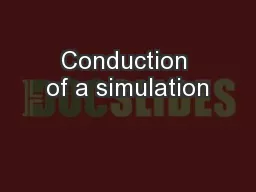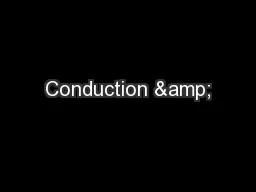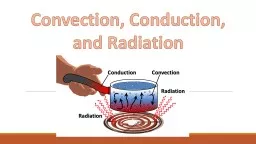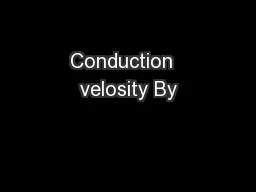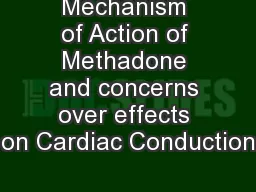PPT-Conduction of a simulation
Author : debby-jeon | Published Date : 2018-03-06
considering cascading effects Anders Lönnermark SP Swedish Technical Research Institute Clément Judek and Abla Mimi Edjossan Sossou University of Lorraine
Presentation Embed Code
Download Presentation
Download Presentation The PPT/PDF document "Conduction of a simulation" is the property of its rightful owner. Permission is granted to download and print the materials on this website for personal, non-commercial use only, and to display it on your personal computer provided you do not modify the materials and that you retain all copyright notices contained in the materials. By downloading content from our website, you accept the terms of this agreement.
Conduction of a simulation: Transcript
Download Rules Of Document
"Conduction of a simulation"The content belongs to its owner. You may download and print it for personal use, without modification, and keep all copyright notices. By downloading, you agree to these terms.
Related Documents

